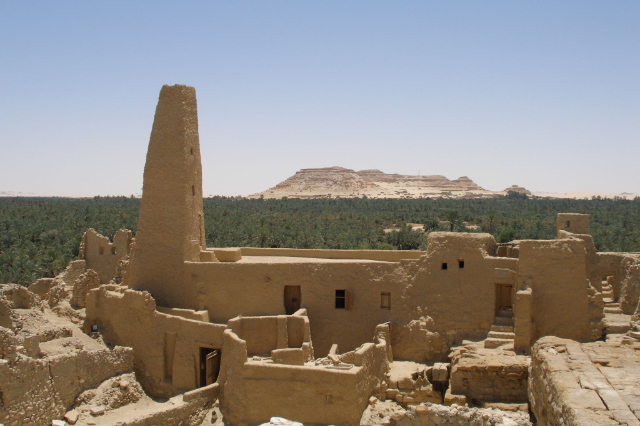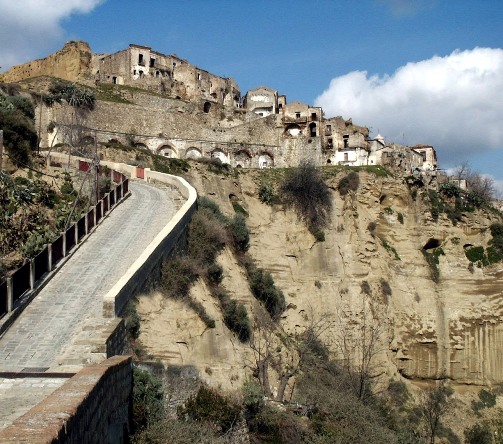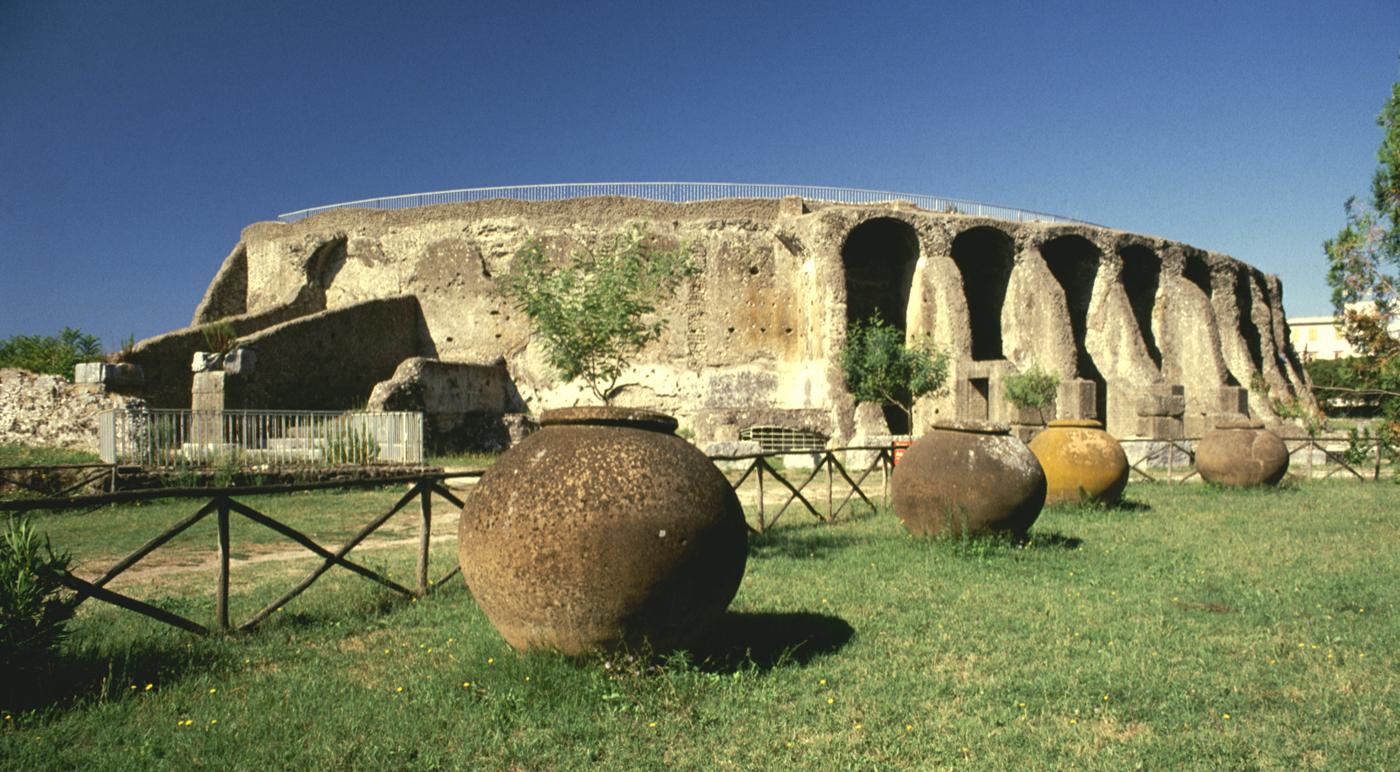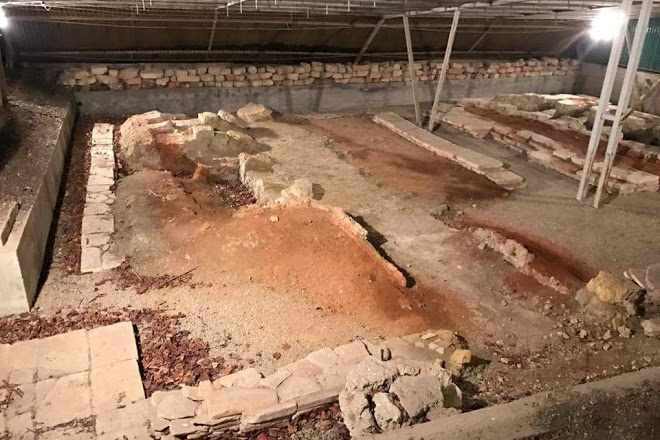The remains of the famous Temple of Amun at Siwa in Egypt represents what is left of the residence belonging to one of the most famous oracles of the ancient world: the Oracle of Amun. The significant religious site was dedicated to the Egyptian Sun god Amun and home to an oracle – manifestations of gods – absorbed into Greek religion and later associated with Zeus.
Temple of Amun history
In the western Egyptian desert near the Libyan border, a small Egyptian settlement dated to the time of the first dynasty was located at the only natural water source for hundreds of miles, the Siwa Oasis. Many local springs were utilised by the inhabitants and at some, Roman stone work is still visible shoring up the sides of the naturally occurring springs.
Siwa was a cultural centre in ancient Egypt as Amun-Ra‘s fame was widespread by 700 BC across the eastern Mediterranean. King Cambyses of Persia, son of Cyrus the Great and a conqueror of Egypt, hated the oracle because it predicted his African conquests would soon fail – they did. Cambyses even sent a great army to destroy the oracle, but the men never returned and their remains are yet to be discovered beneath the sand.
After founding Alexandria and prior to his invasion of Persia, Alexander the Great decided to travel to the Temple of Amun at Siwa. Here he visited the oracle of the Temple of Amun and was confirmed as a divine personage and the legitimate pharaoh of Egypt – certainly effective political image-making.
Oracles and Egyptian gods slowly went out of fashion under the Romans, whose divine communication happened through auguries and reading animal guts.













